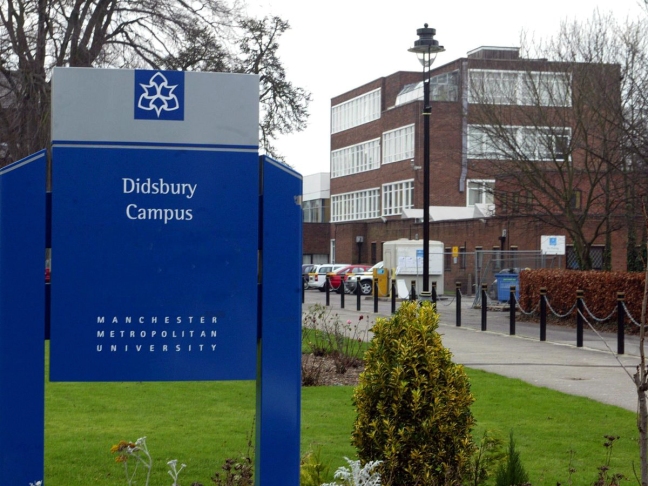799 Wilmslow Rd Didsbury Manchester M20 2RR
I was here, once upon a time, studying to be an art teacher – which eventually I was, then I wasn’t.
Such is life, things that is eventually isn’t, such is the story of this here site.
Facts courtesy of Wikipedia
According to local historian Diana Leitch, the site has been in use since 1465; the first house was built in 1603 as part of a large estate with a deer park.
In 1740 the site was purchased by the Broome family, and a new house was constructed after 1785 by William Broome, extant today as the front part of the university’s former administration building, now known as Sandhurst House.
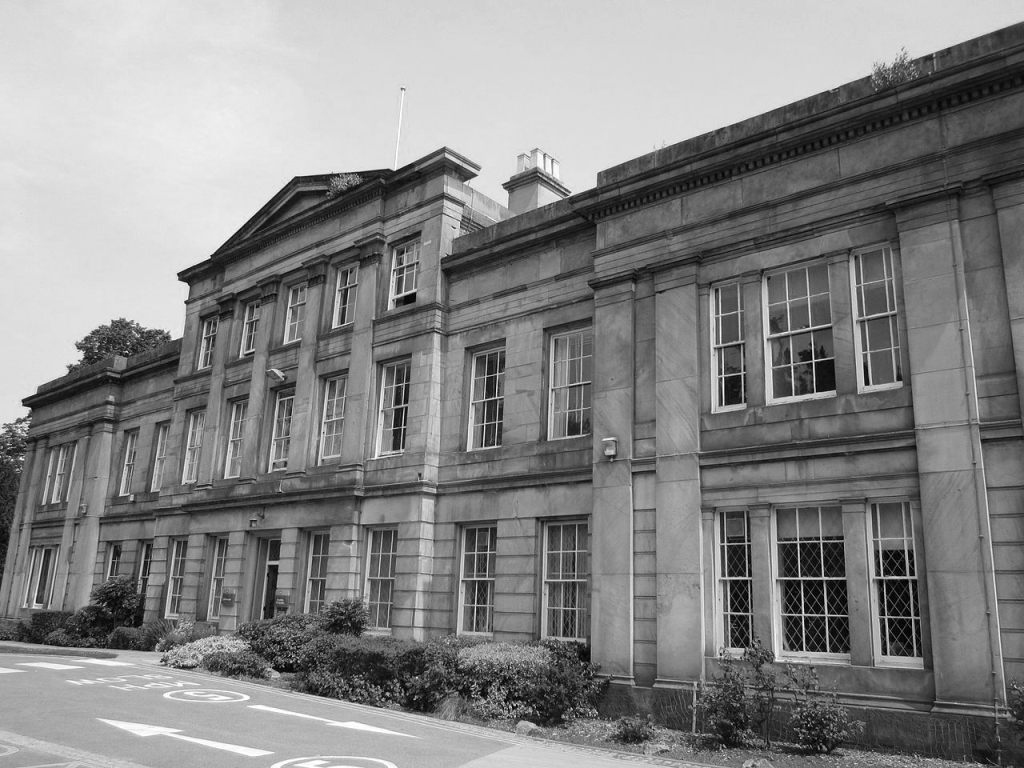
By 1812 the house was occupied by a Colonel Parker, and in the 1820s and ’30s it was a girls’ school.
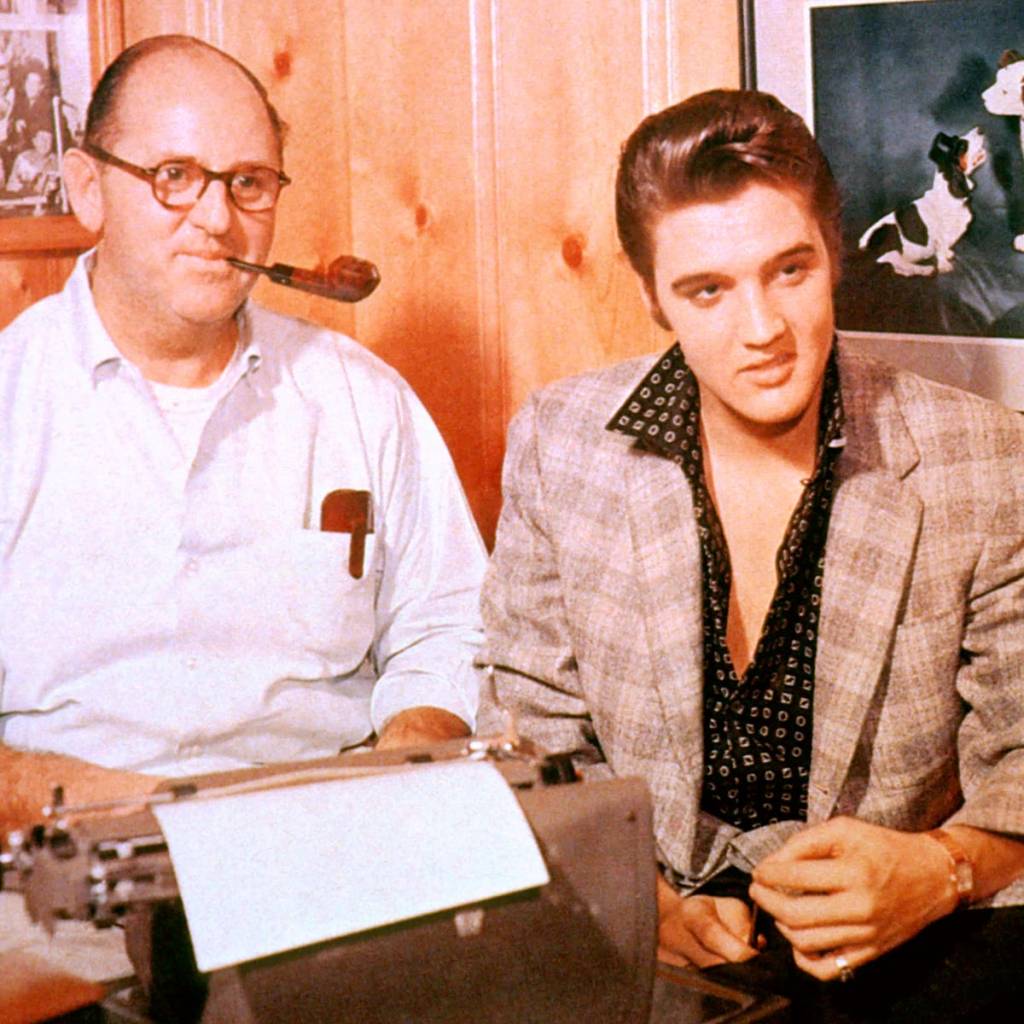
The site was purchased by the Wesleyan Methodist Church on 18 March 1841 for £2,000, and opened as a theological college on 22 September 1842.
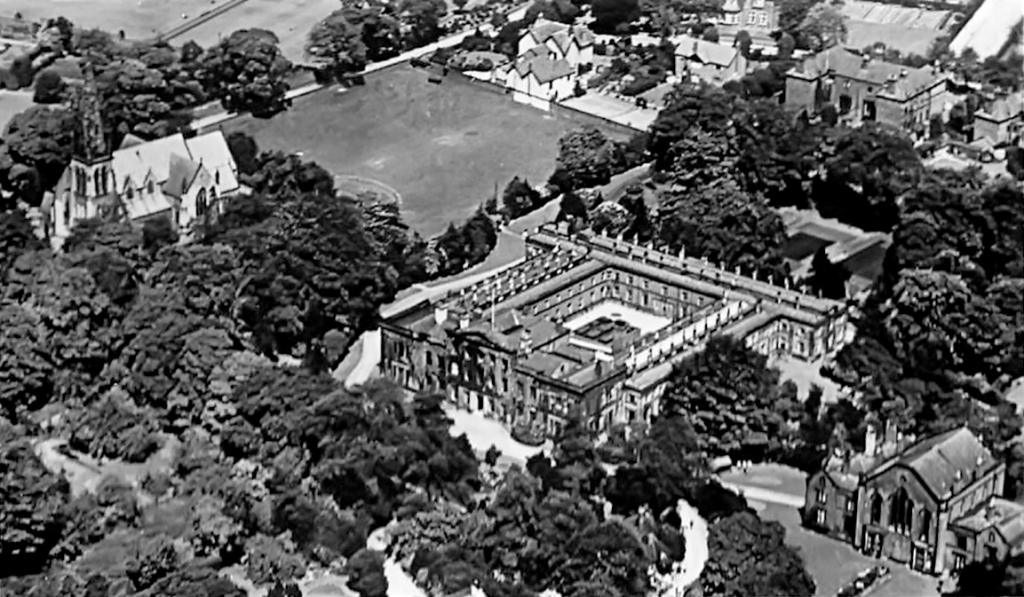
The Old Chapel building, originally the college chapel, is a two-storey building constructed in gothic style, with Flemish bond brickwork, built on a sandstone plinth in 1842. The structure consists of three wings, containing a central hall range, with two domestic wings on each side, initially used as tutor accommodation, forming a symmetrical appearance with the gable end of the upper hall. For many years it was used as a library and lecture theatre.
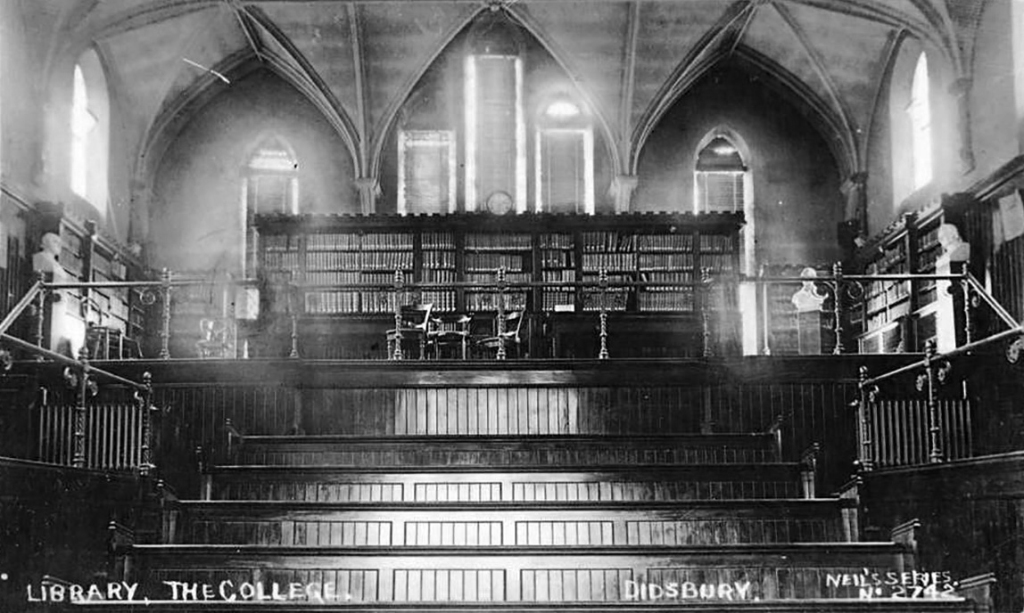
The ground floor eventually became the student union, and contained a bar and café.
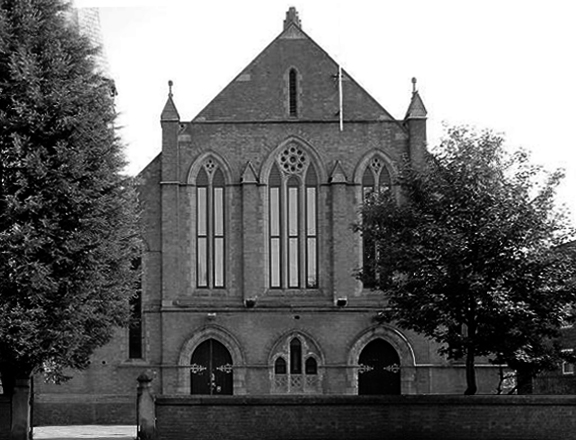
During both world wars the site was used as a military hospital. In 1943 the Board of Education had begun to consider the future of education, following reforms that would inevitably come after the war ended. It was estimated that with the raising of the school leaving age, following the 1944 Education Act, about 70,000 new teachers would be needed annually, almost ten times as many as before the war.
In 1944 a report was produced by the Board of Education on the emergency recruitment and training of teachers, and it was decided that there were to be several new training colleges set up. These colleges were to be staffed by lecturers seconded from local authorities, with mature students selected from National Service conscripts. In 1945 the theological college, which was no longer required by the Wesleyans, was leased to the Manchester Education Authority. The new emergency training college was officially opened on 31 January 1946, with Alfred Body as its first principal.
By 1950, the emergency college was purchased by the City of Manchester and made permanent as Didsbury Teacher Training College, with an initial enrolment of about 250 male and female students. As a result of becoming a permanent college, Didsbury became part of Manchester University’s School of Education.
Over the next two decades, numerous buildings were constructed on the site; Behrens, Birley and Simon were all named after prominent local families with ties to the college.

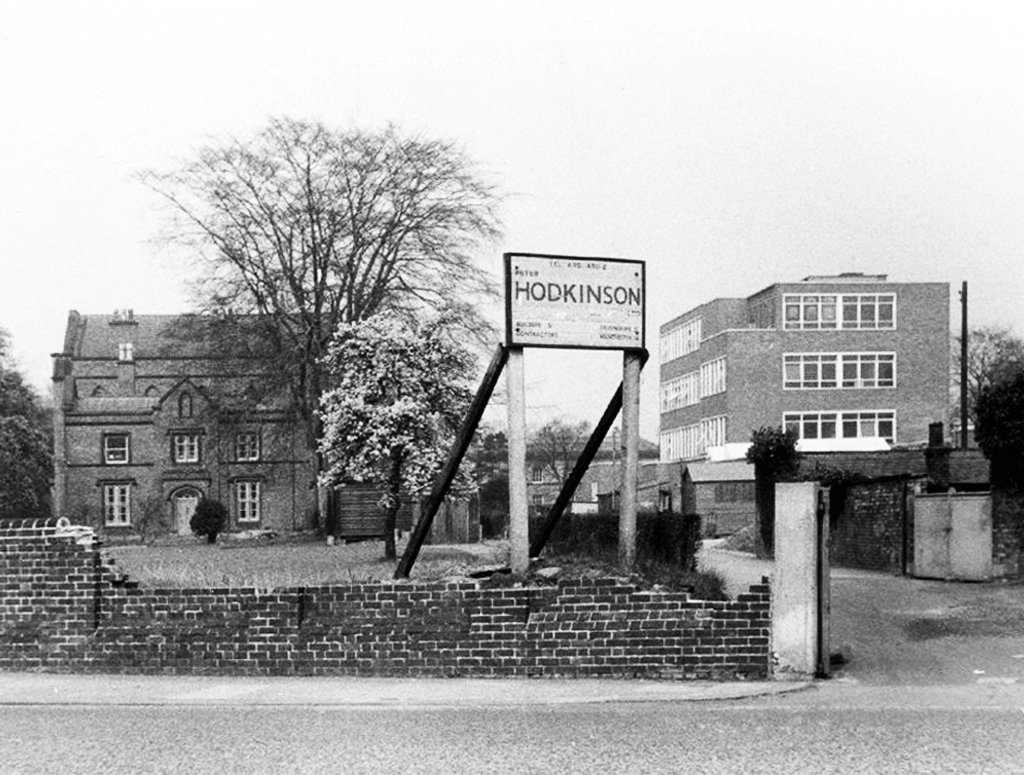
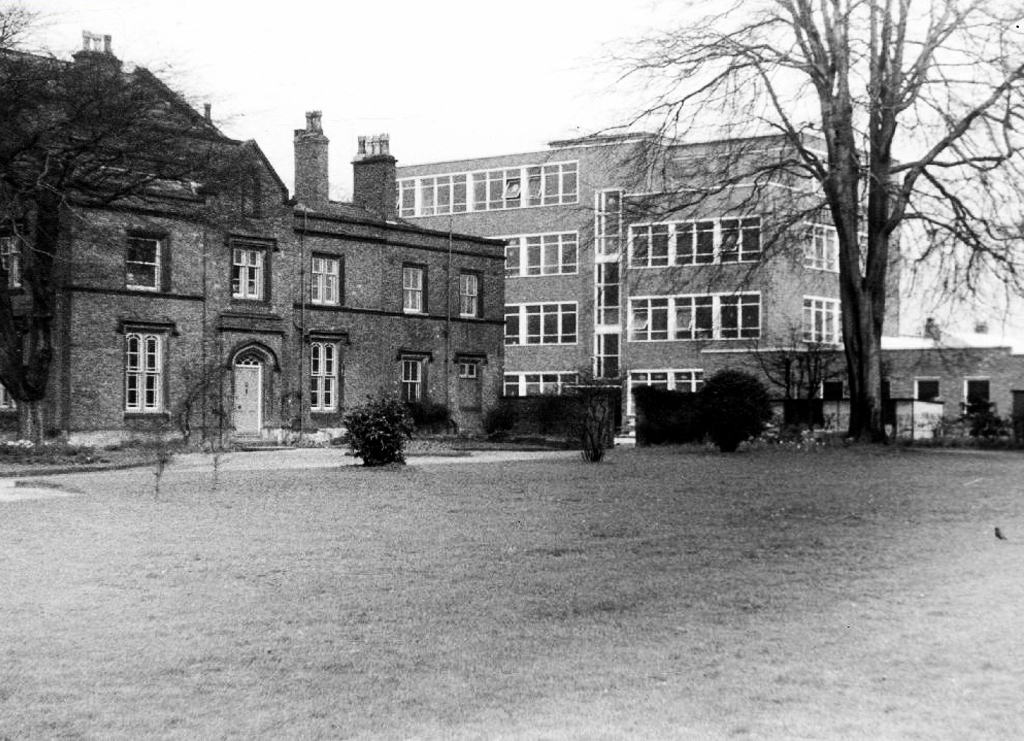
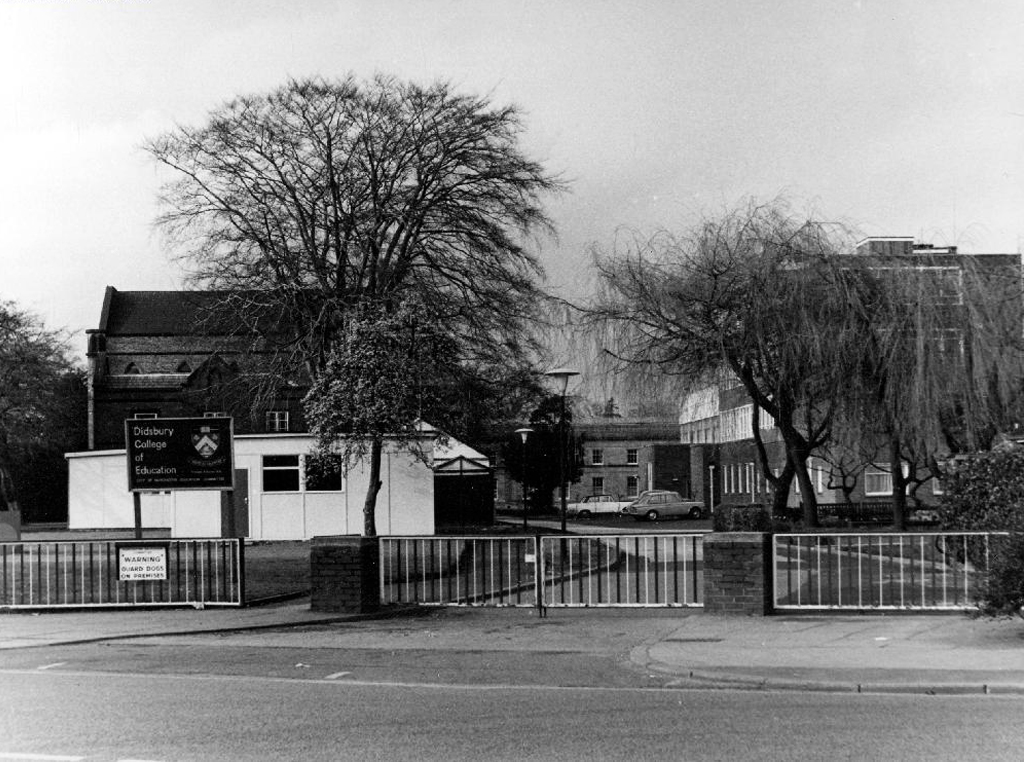
Didsbury became part of Manchester Polytechnic in 1977, renamed Didsbury School of Education.
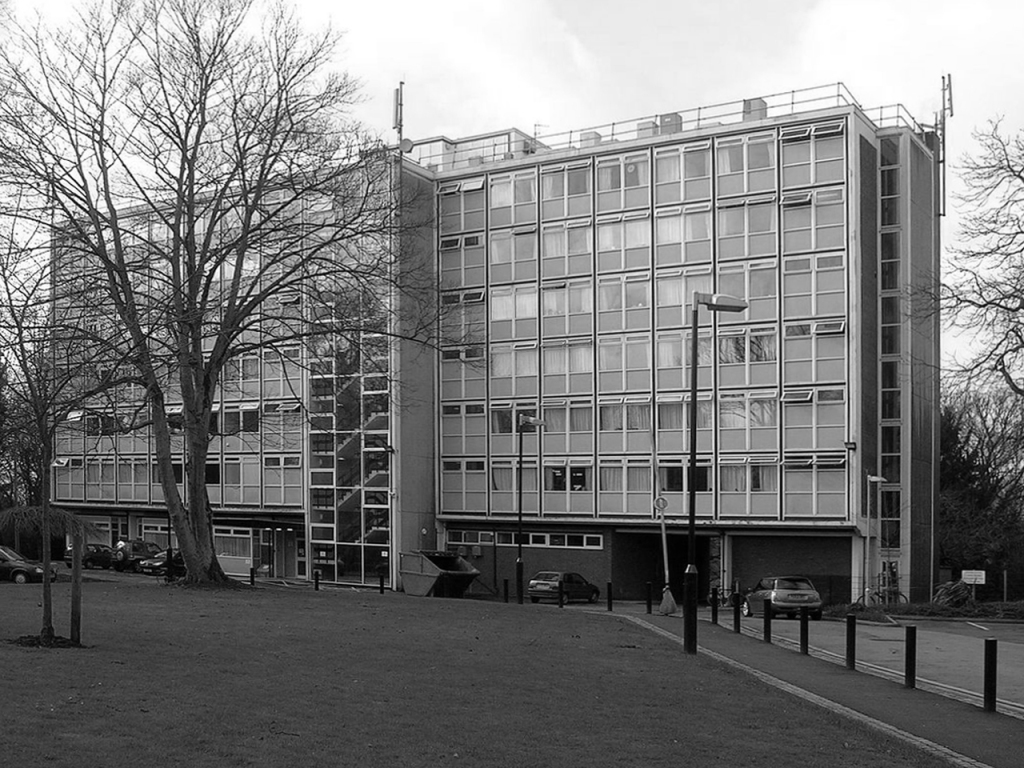
The adjacent Broomhurst halls of residence have since been demolished.
Both Sandhurst House and the Old Chapel are Grade II listed – the architect was probably Richard Lane.
As of 2018 the site is being redeveloped by local architects PJ Livesey, as a residential area of 93 homes, with the listed buildings being retained.
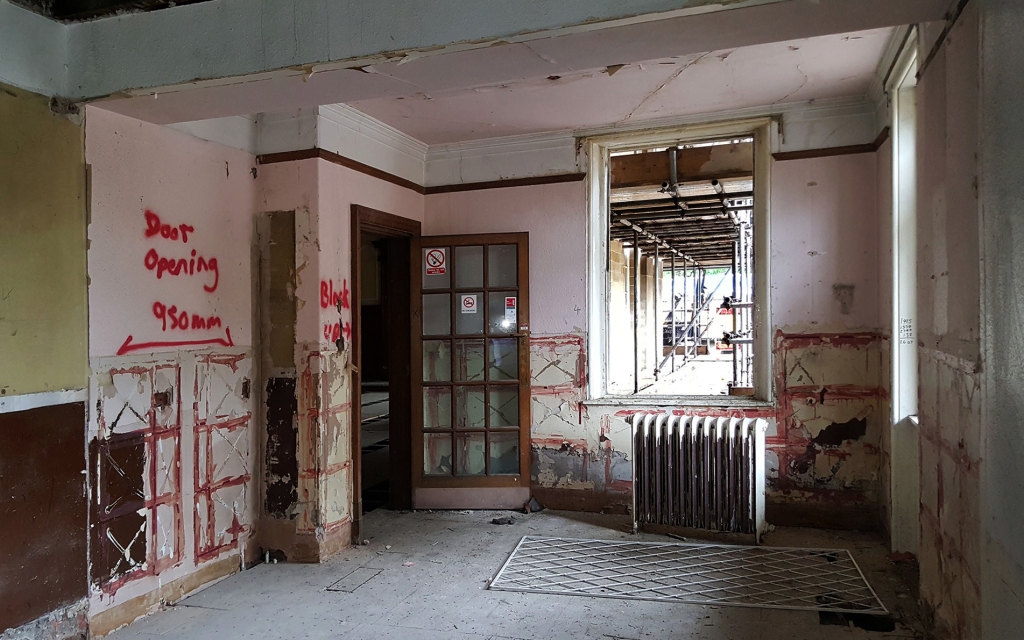
Here’s a record of my visit, to the soon to be demolished site, in April 2015.
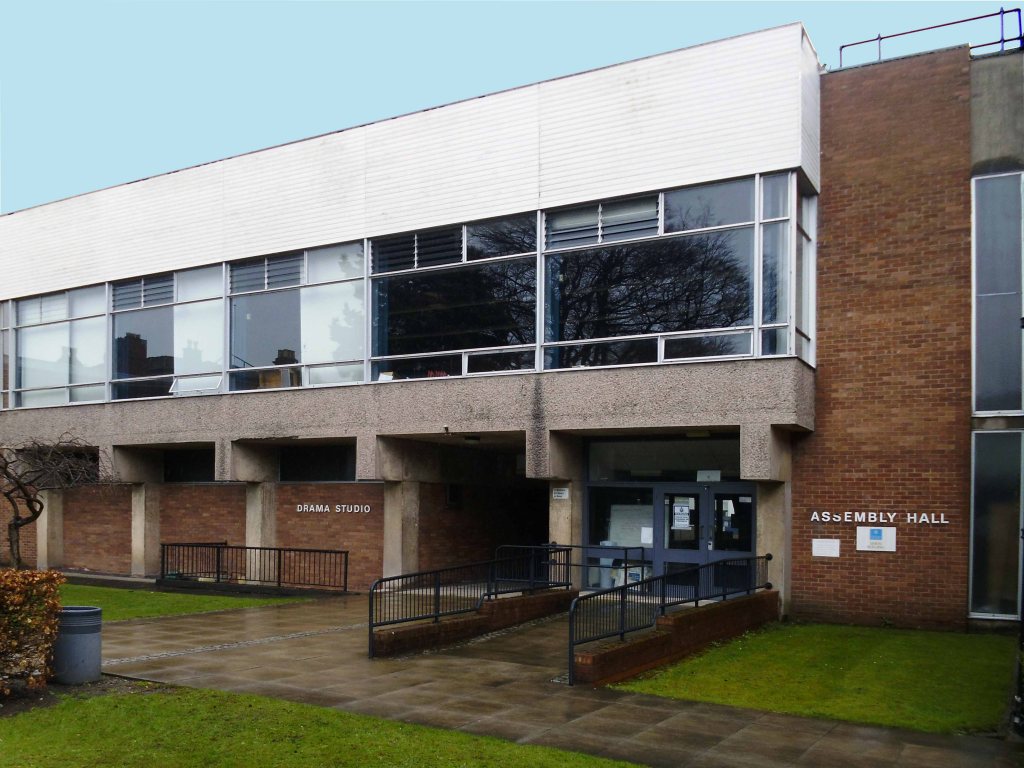
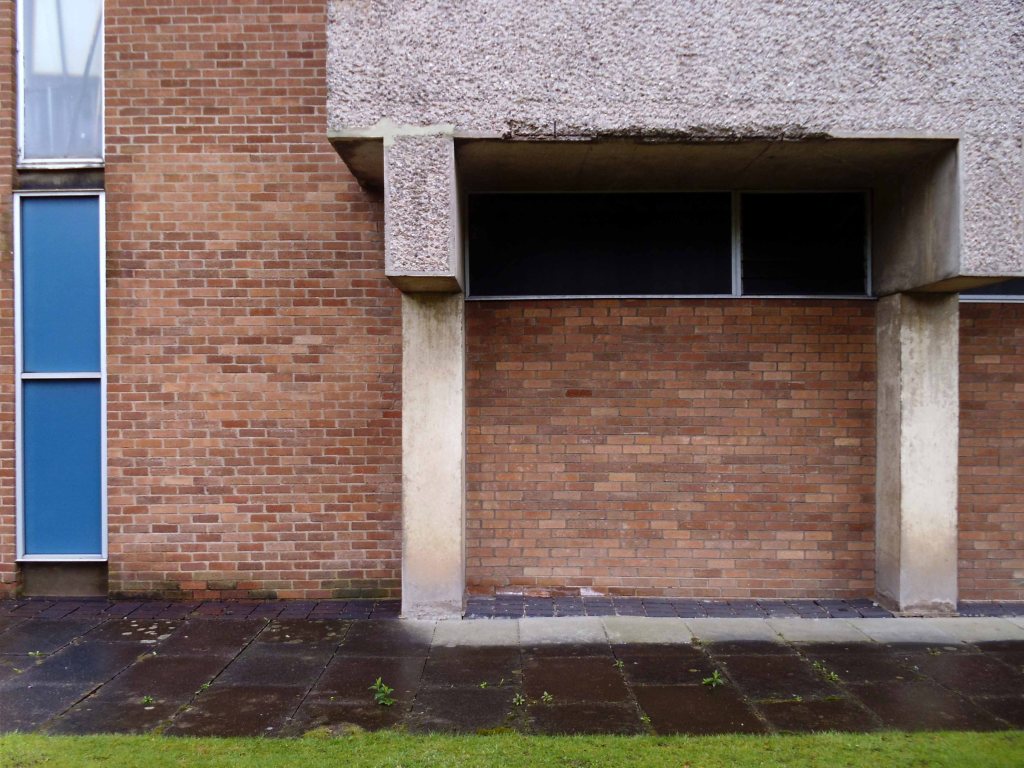
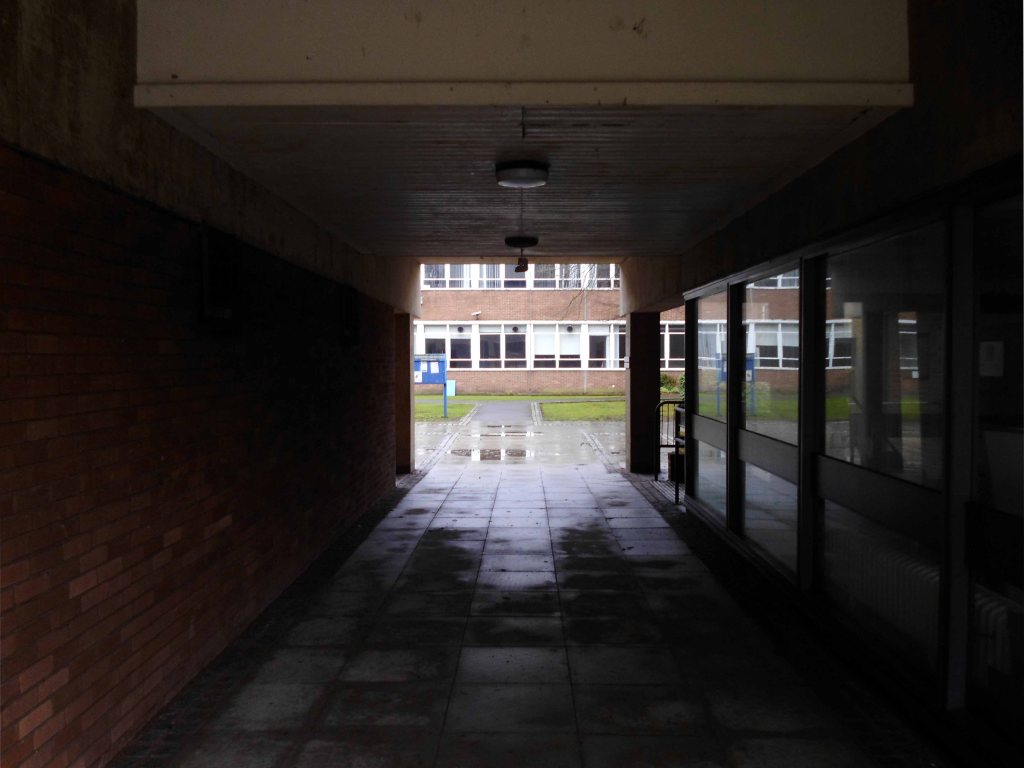
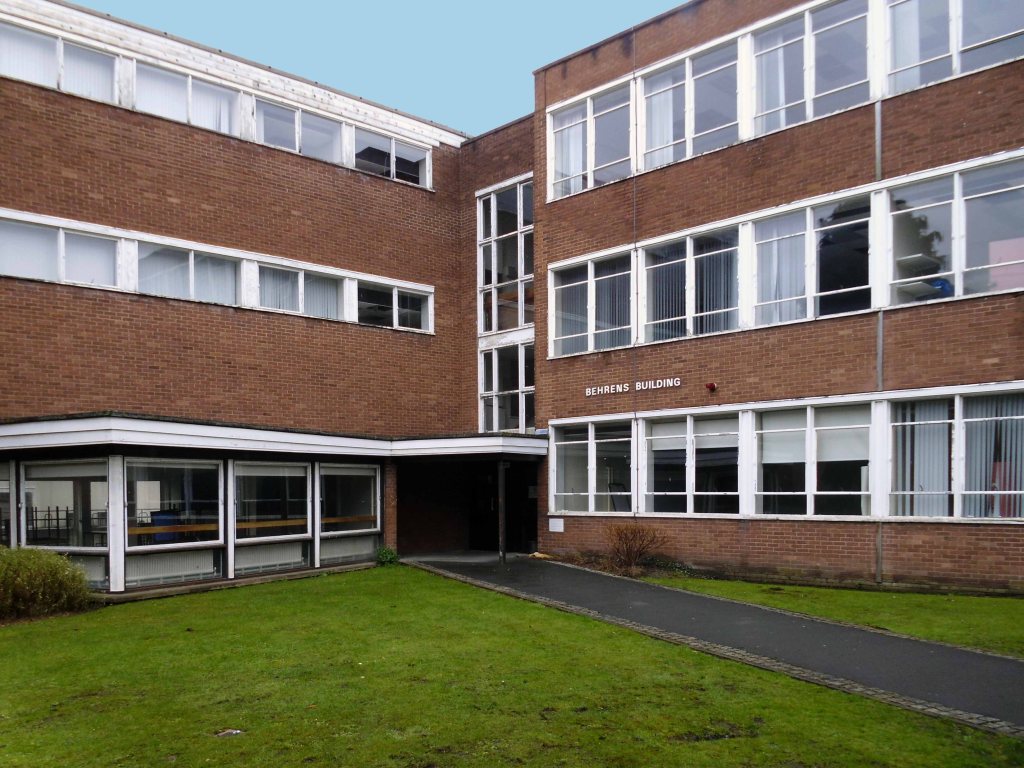
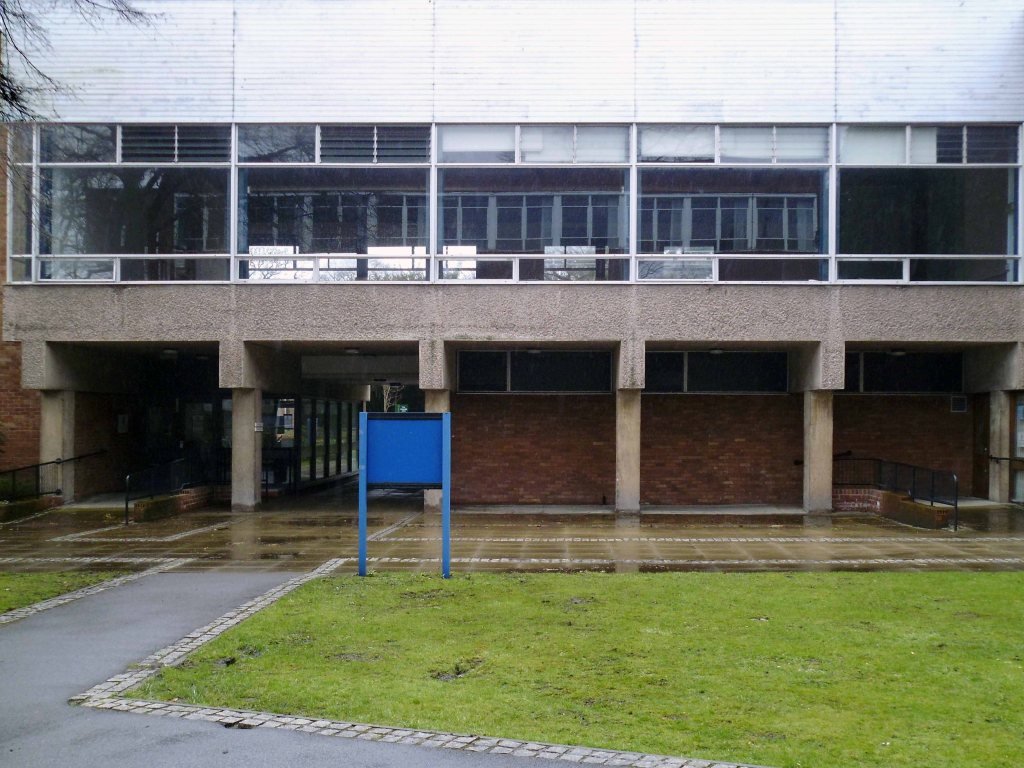
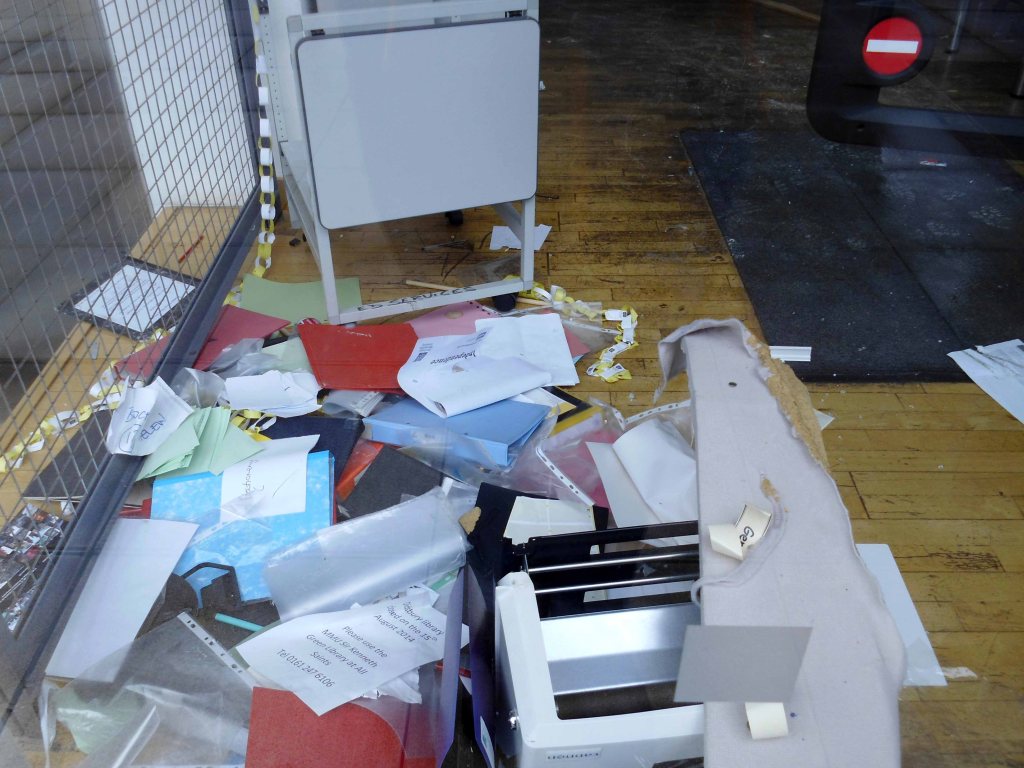
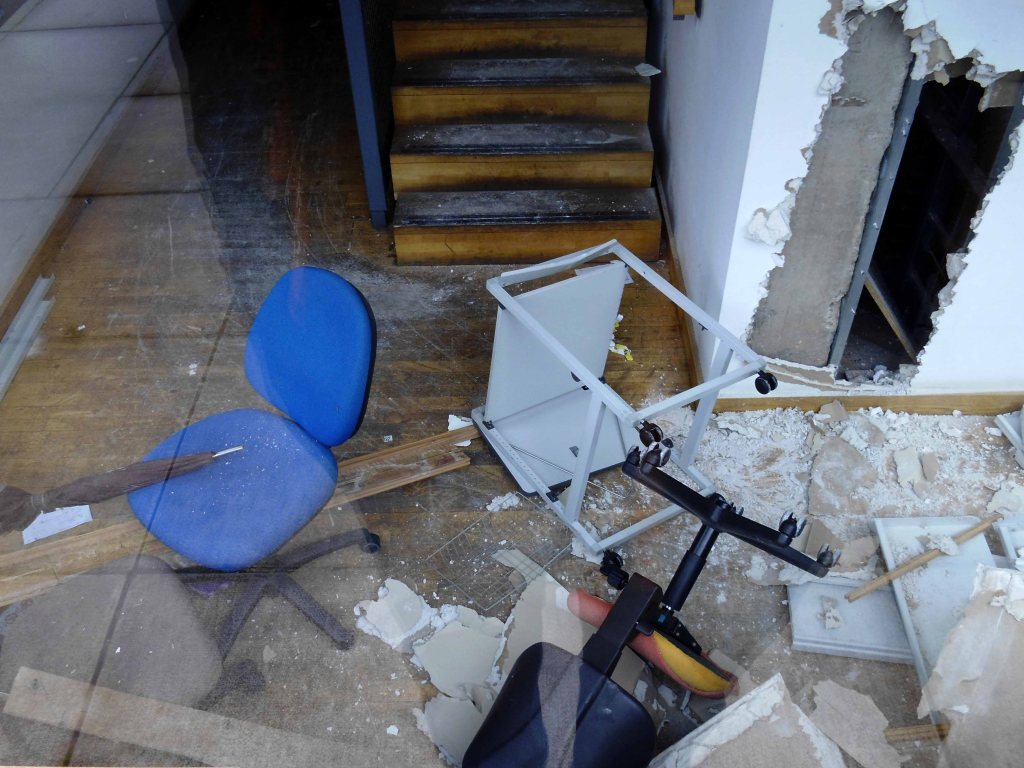
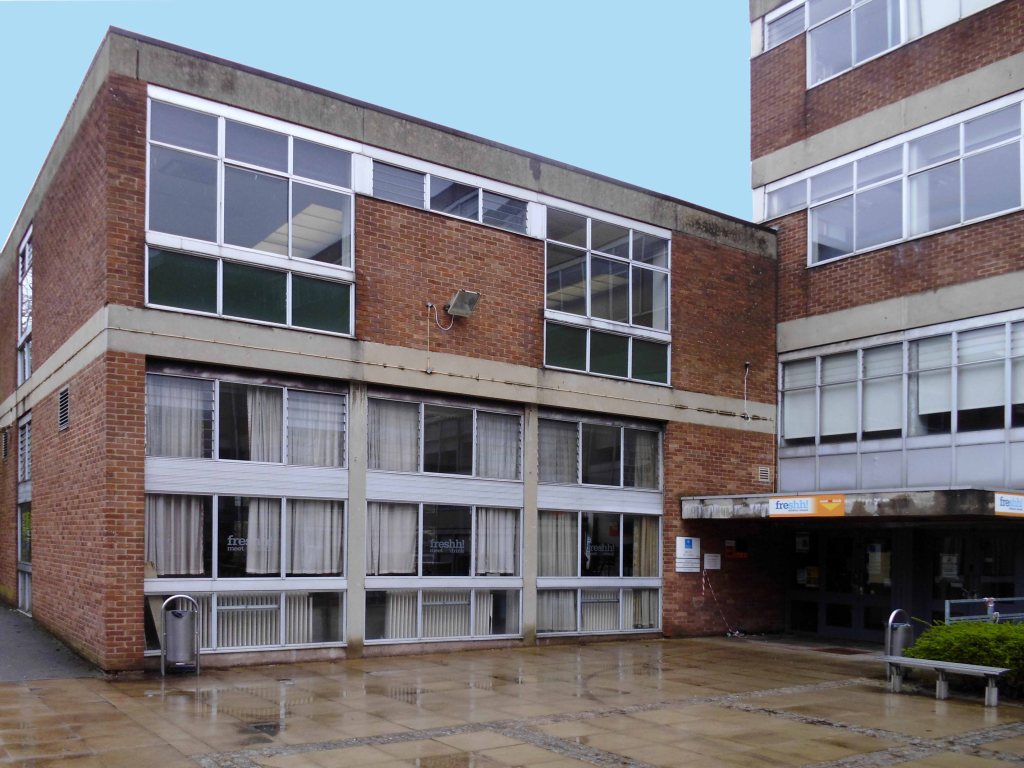
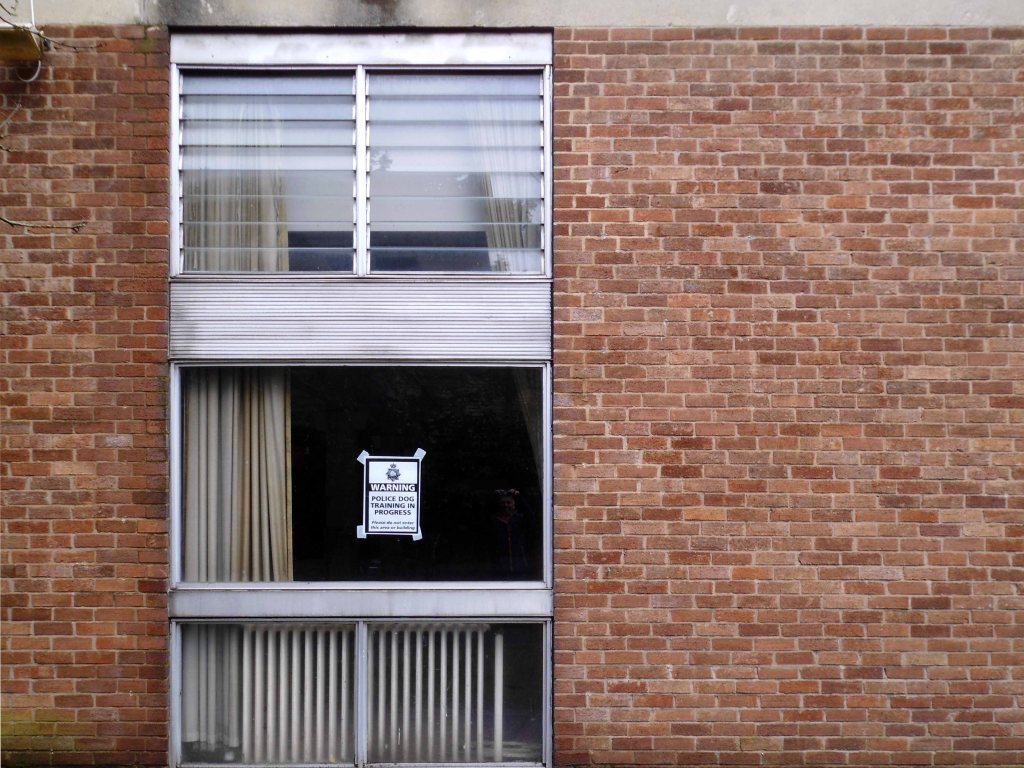
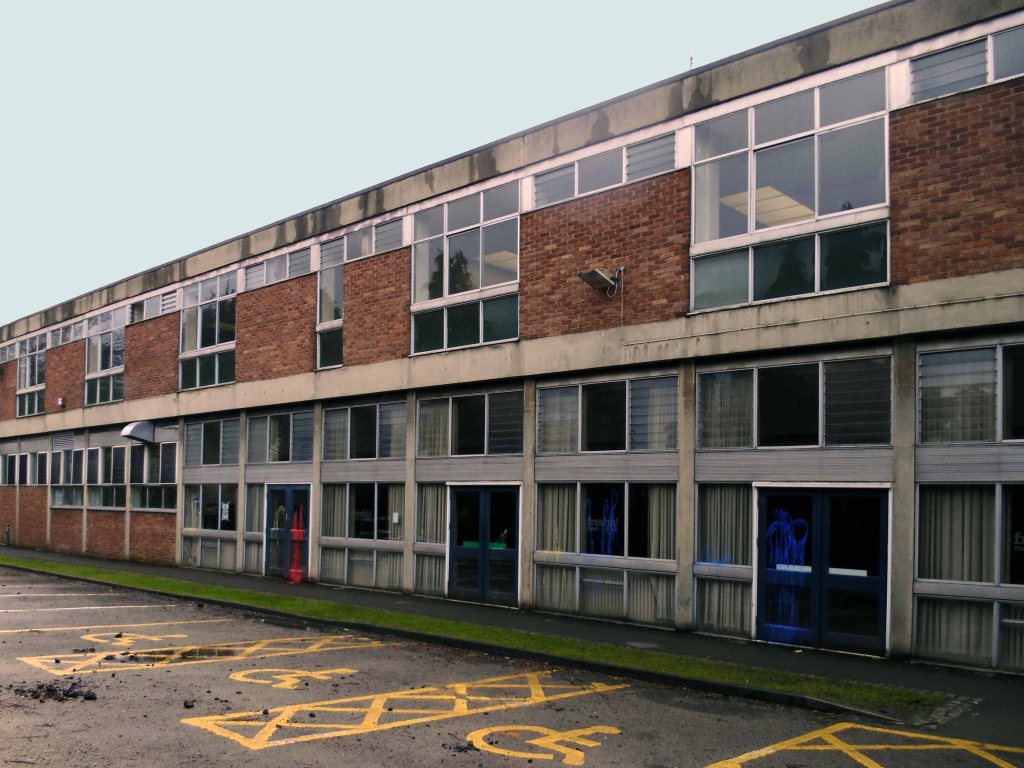
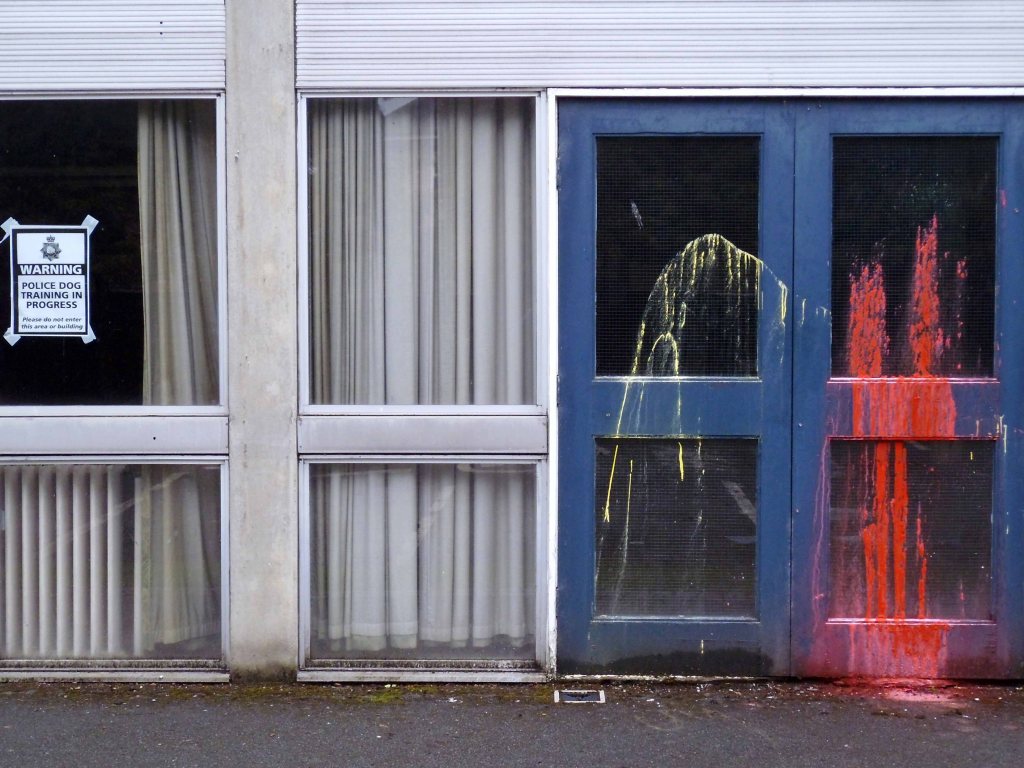
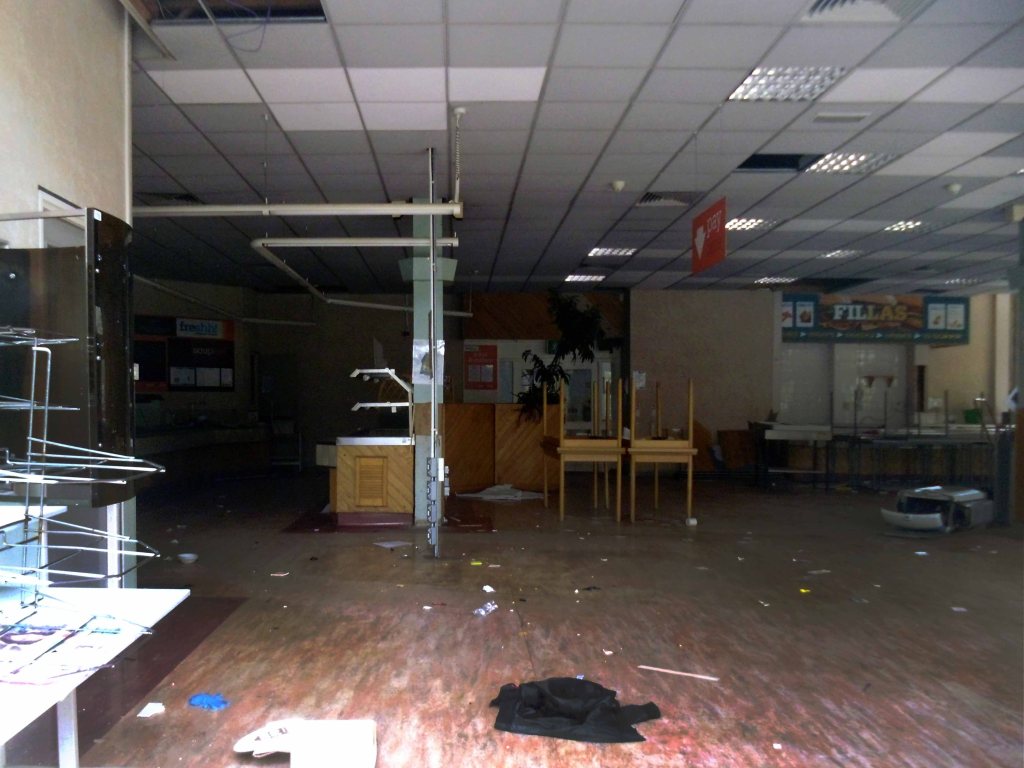
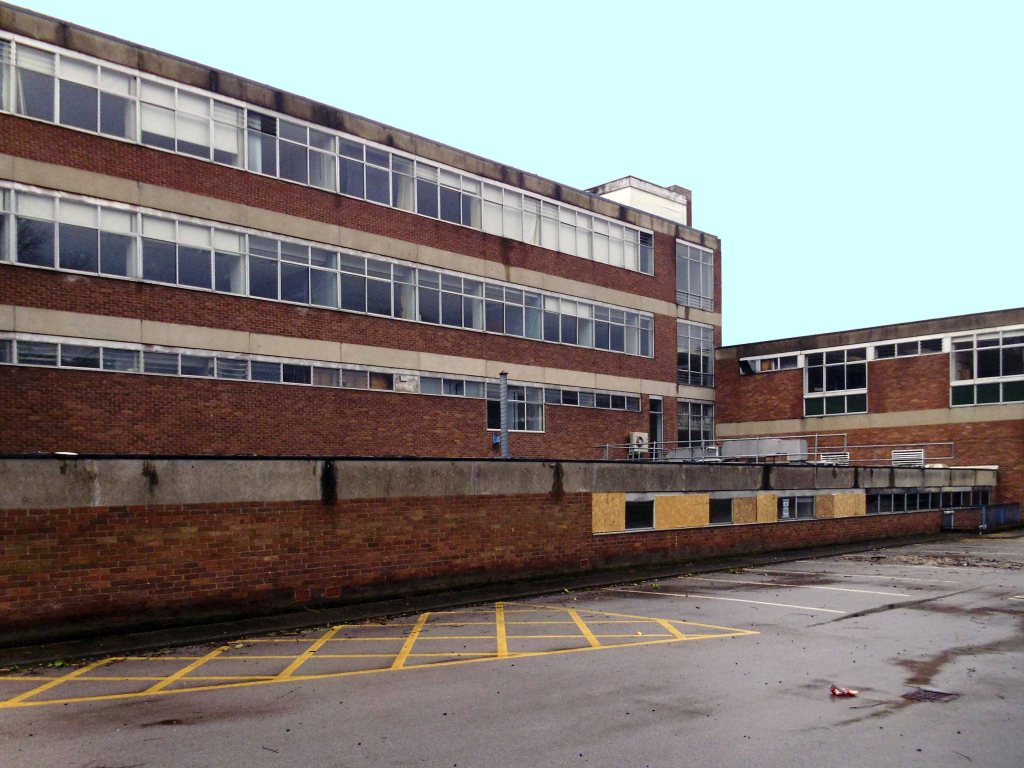
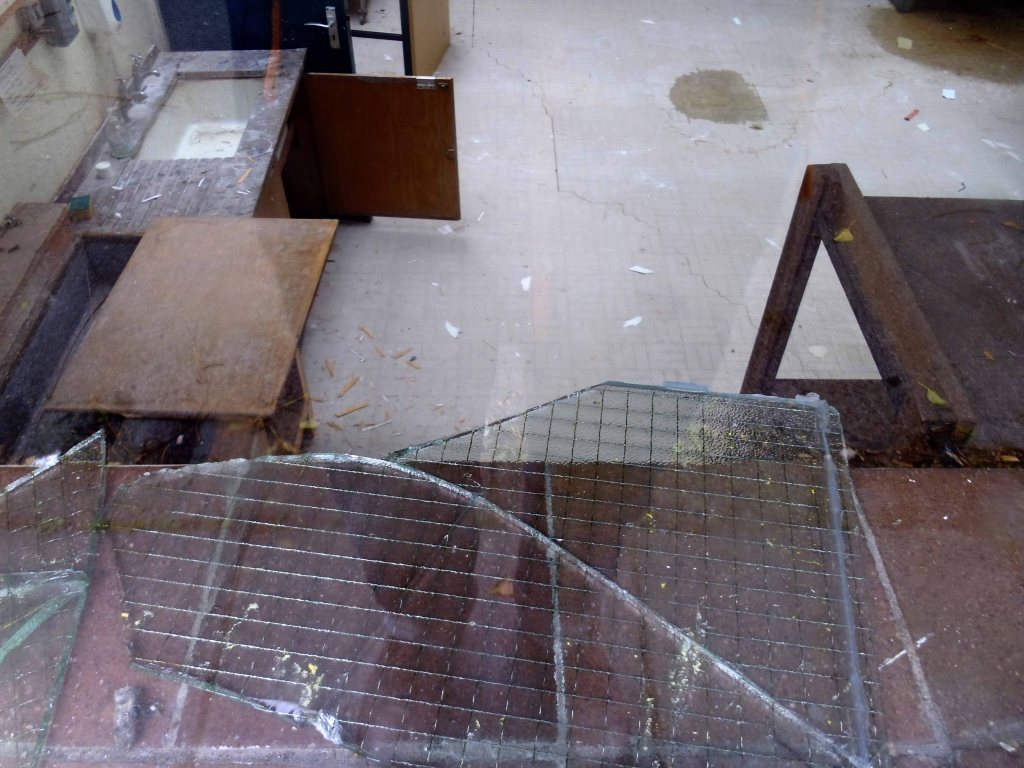
Archive photographs Local Image Collection.


